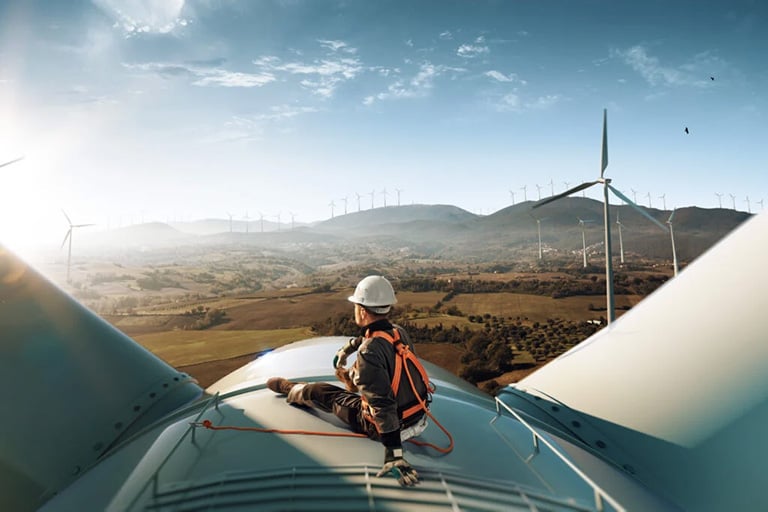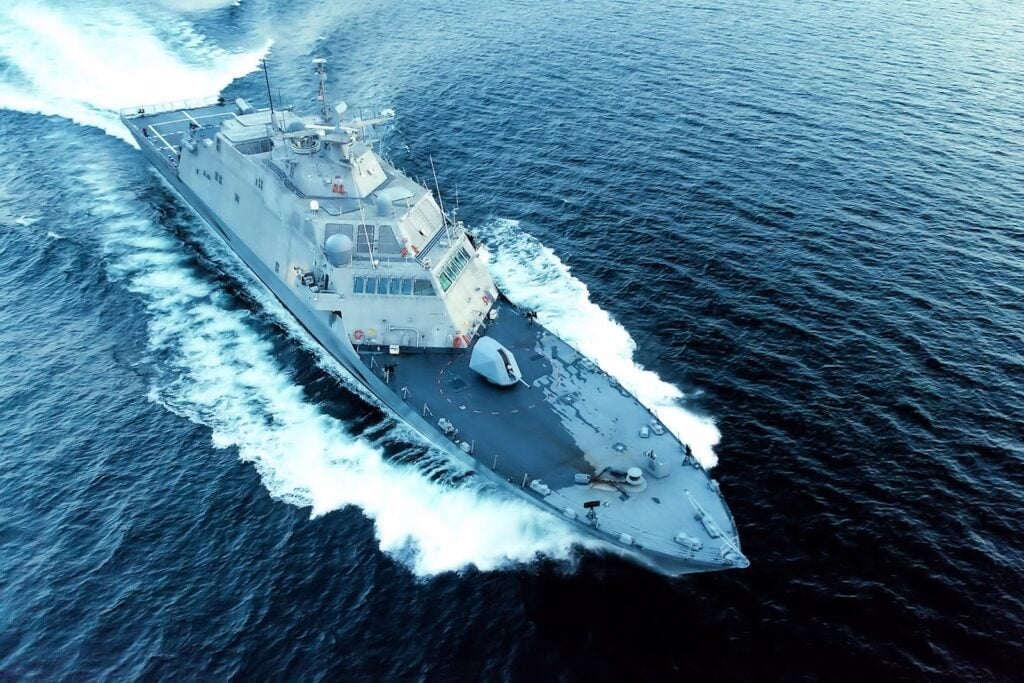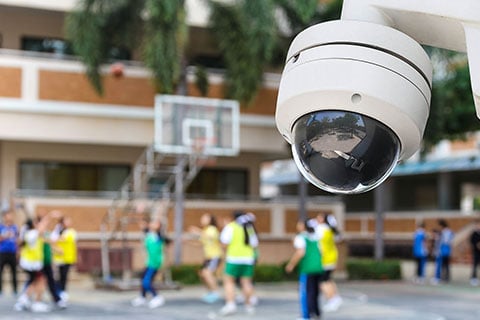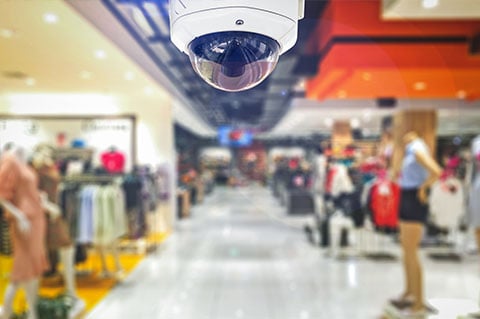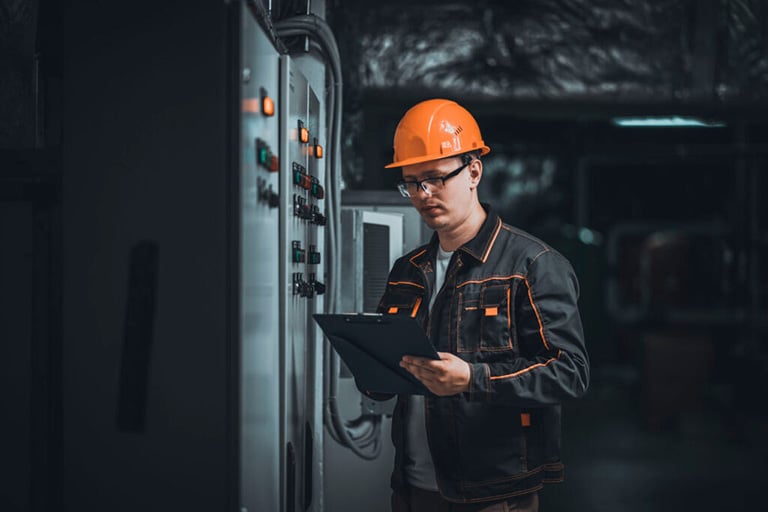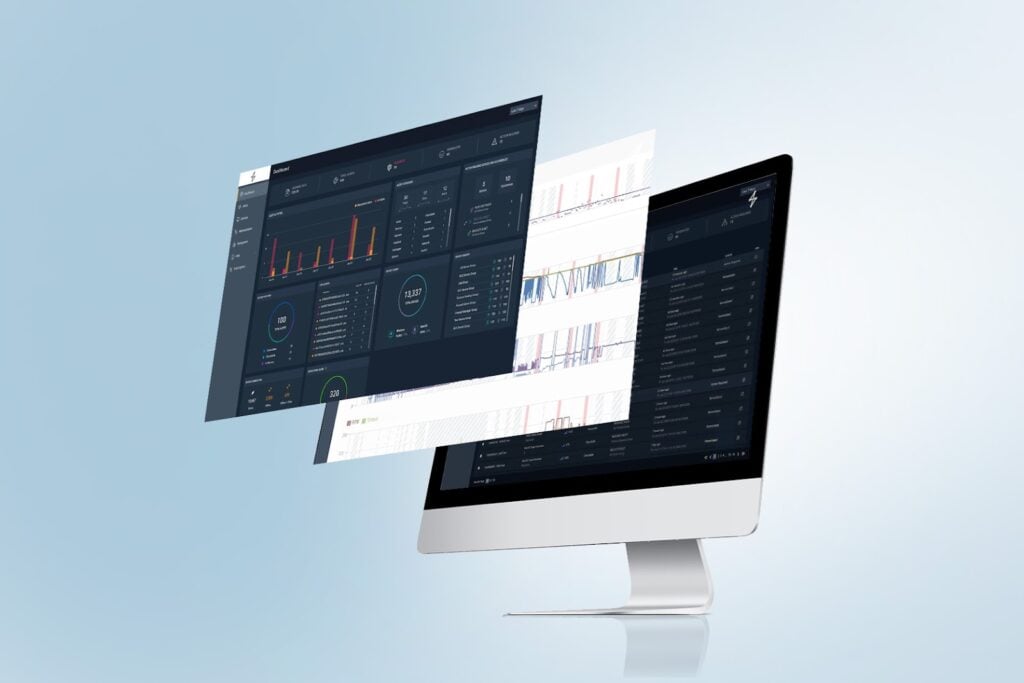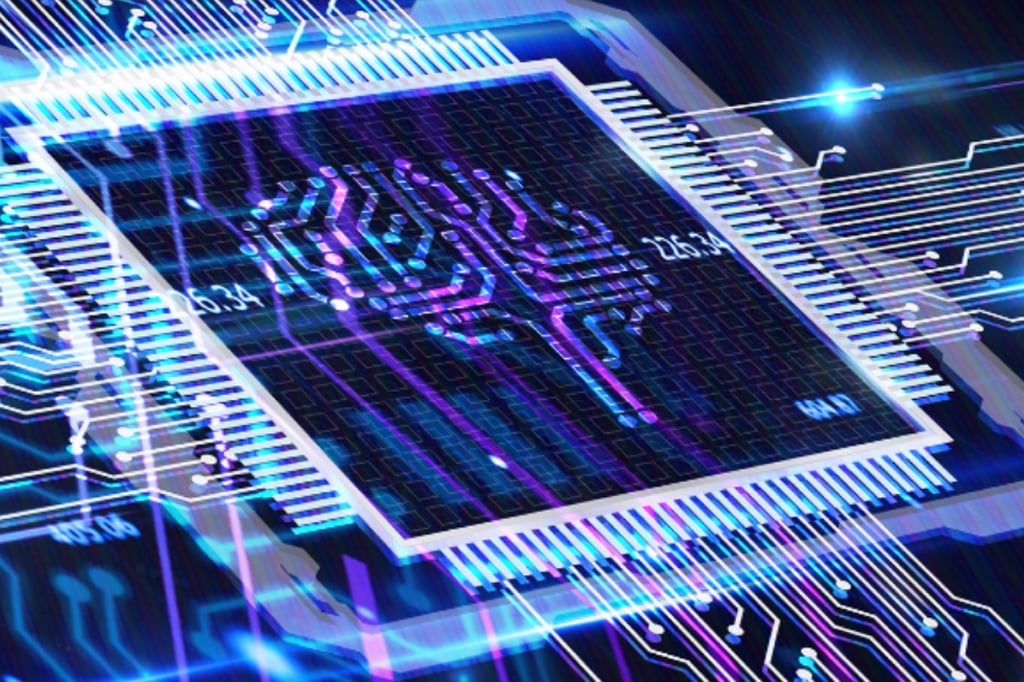Seeing Data: Computer Vision in Artificial Intelligence
SparkCognition's end-to-end computer vision platform enables machines to interpret their environment, opening up novel data streams for actionable intelligence.
Learn how SparkCognition Visual AI Advisor detects and analyzes objects in your CCTV feed to allow for real-time alerts and more.
SparkCognition's end-to-end computer vision platform enables machines to interpret their environment, opening up novel data streams for actionable intelligence.
Learn how SparkCognition Visual AI Advisor detects and analyzes objects in your CCTV feed to allow for real-time alerts and more.
How is SparkCognition leveraging computer vision?
SparkCognition Visual AI Studio is an end-to-end computer vision platform consisting of proprietary visual AI technology that can autonomously understand and react to complex scenes and multi-frame activities that is compatible with multiple camera types (CCTV, PTZ, mobile devices, drones, etc.).
Visual AI Studio provides a low-code/no-code interface for quickly designing, building, and deploying computer vision solutions at scale, with over 125 out-of-the-box use cases and operator dashboard tools. Visual AI Studio is configurable for a robust set of integrated notification alerts and automated triggers, supporting web, mobile app, email, SMS, and on-site alarms.
Computer vision has enormous utility for businesses across industries, enabling organizations to generate insights and understanding from images and videos created by the billions of digital camera systems actively deployed worldwide today. Today’s top computer vision use cases are focused on driving operational excellence including automation and process improvements, risk management and safety compliance, and productivity improvements informed by visual analytics. SparkCognition’s award-winning computer vision product, Visual AI Advisor, allows customers to configure and deploy computer vision-based applications using a low-code/no-code integration framework.
Ready to transform your existing camera infrastructure with visual AI?
Enterprise computer vision technology is the future of industrial surveillance systems—according to Garner, video analytics will be a standard element in two-thirds of new video surveillance installations by 2025.
What is computer vision?
Computer Vision (CV) is a subdomain of artificial intelligence that enables computer systems to capture and interpret meaningful information from images and video data, training machines to understand the visual world much the same way as humans do. By applying machine learning models to visual data from the real world, machines can be taught to accurately identify and classify objects and take an action based on what they “see”—for example, unlocking your smartphone when it recognizes your face or automatically steering your car out of harm’s way to avoid an accident.
The fascinating field of computer vision encompasses interdisciplinary research spanning psychology, neurobiology, cybernetics, mathematics, and computer science. Computer vision research uses a hierarchical approach to understanding visual information, building from basic tasks like detecting edges and textures to higher-level tasks like target object recognition and semantic segmentation. Deep learning is a form of representational learning that is particularly well-suited for image data sources—able to automatically extract hierarchical features with increasing complexity across its neural network layers.
Watch our webinar: Visual AI 101—How it Works and Why it Matters
Three benefits of computer vision (that scale)
“SparkCognition’s [Visual AI Advisor] solution for health, safety, and environment enables us to monitor and understand safety compliance within our premises.”
— Kumar Heramba Naik, Associate Vice President (ICT) & CIO, CISO for TRL Krosaki
IMPROVING SAFETY IN THE WORKPLACE
Automatically analyze visual data in real-time to reduce cost and harm associated with incidents/accidents.
AUGMENTING SECURITY
Improve security and human safety with visual analytics to detect dangerous conditions or unauthorized access.
EVALUATING OPERATIONAL EFFICIENCY
Automate data collection of customer and employee activity to better understand and improve workflows.
Learn more about computer vision in artificial intelligence

Why Visual AI is “Like a Goldmine” for Convenience Stores

How Visual AI Takes Security to a “Different Level” at the Adelson School

Five Ways Visual AI Increases Profitability in Manufacturing

Visual AI Technology Unlocks More Than Just Your Smartphone
Learn more about our Generative AI platform
With a focus on solving critical problems across multiple sectors, our Generative AI Platform empowers organizations to drive unprecedented innovation, unlock new opportunities, and achieve remarkable outcomes.

ML Studio
Improve productivity by streamlining data preparation and automating machine learning tasks.

Visual AI Studio
Unlock unprecedented value from your existing CCTV infrastructure with real-time visual analytics.

Knowledge Studio
Transform tribal knowledge and subject matter expertise into a knowledge base to help decision-making.

NLP Studio
Automatically group richly formatted unstructured data to provide deeper insights.


